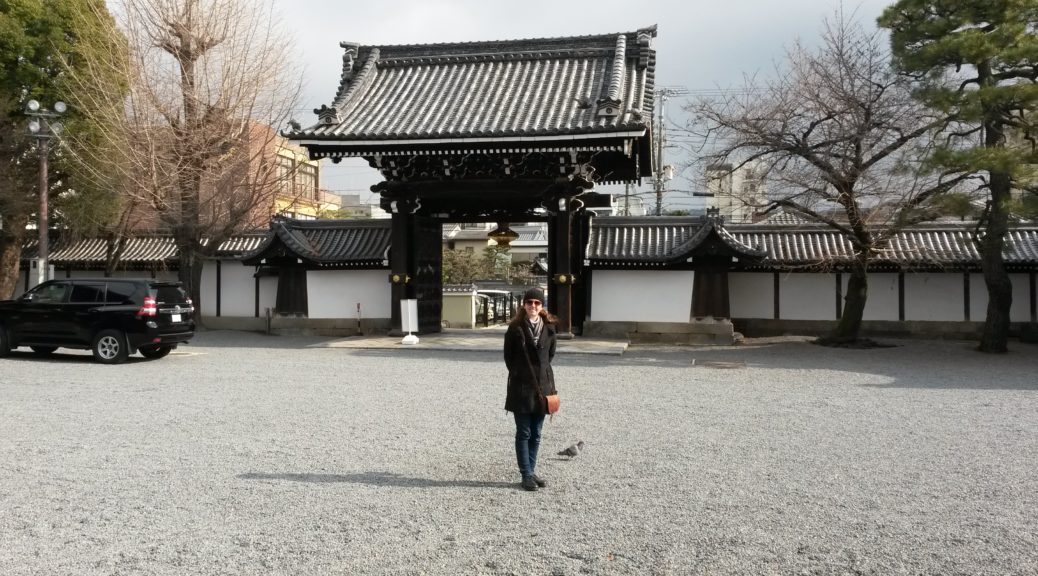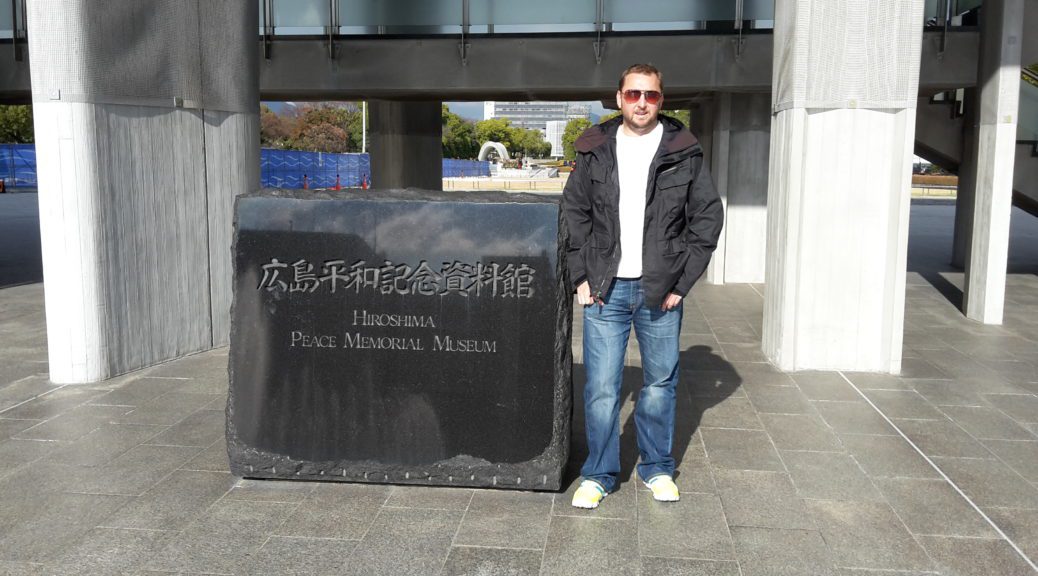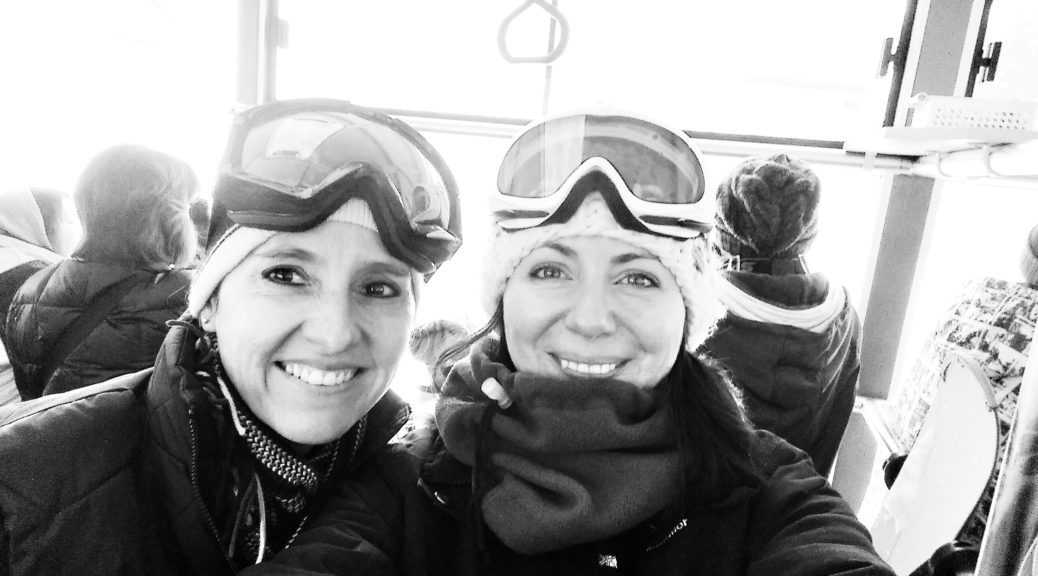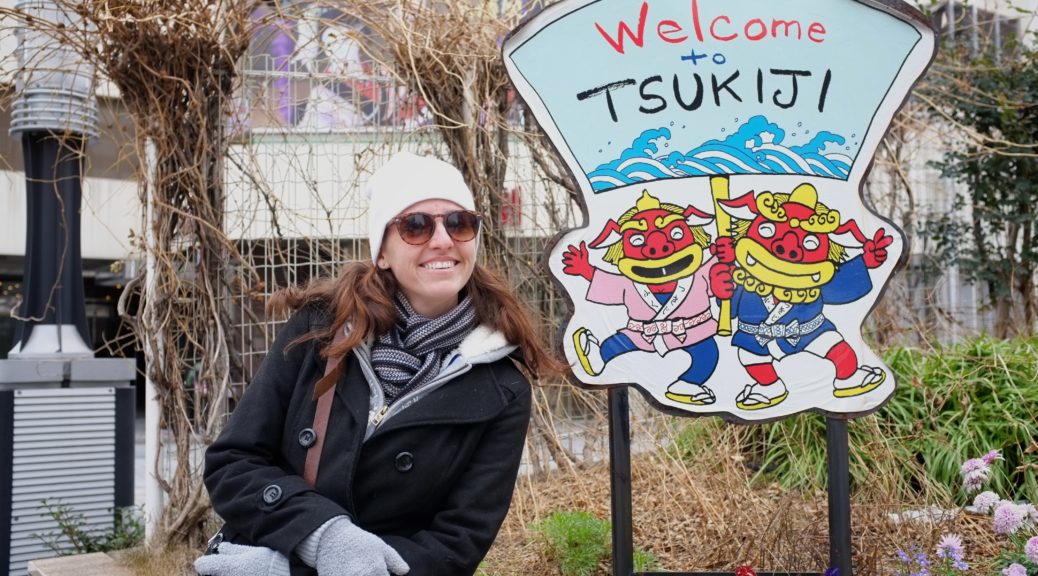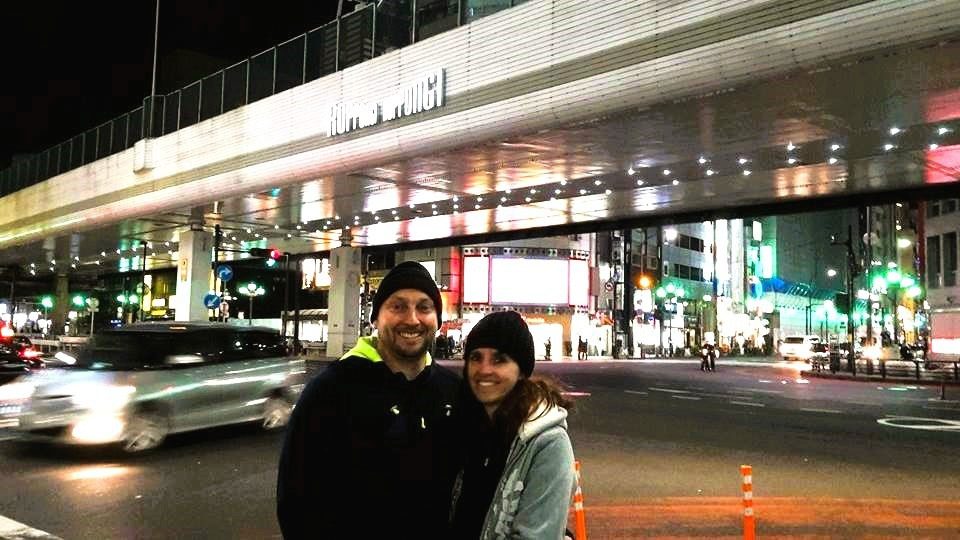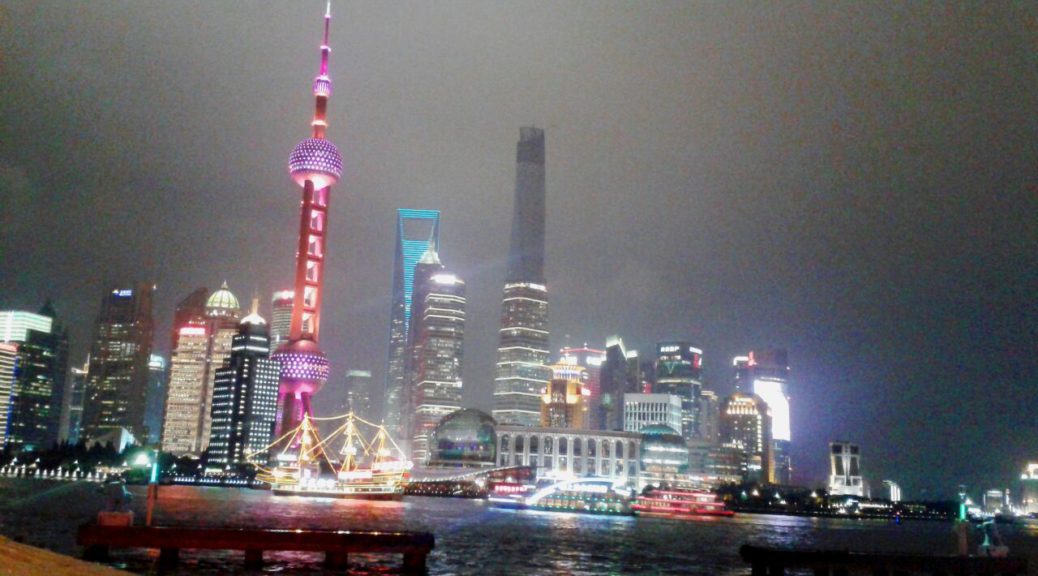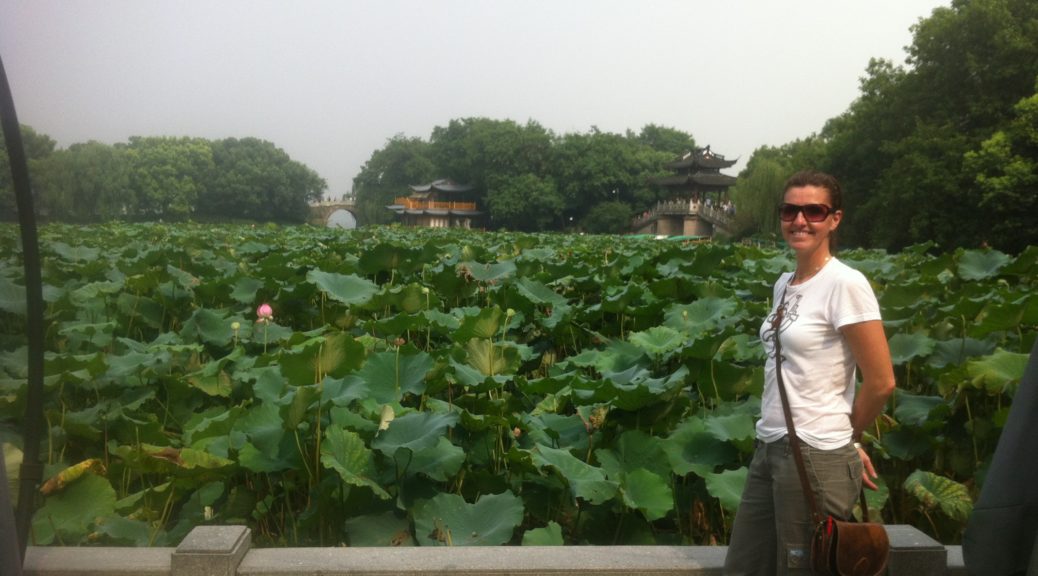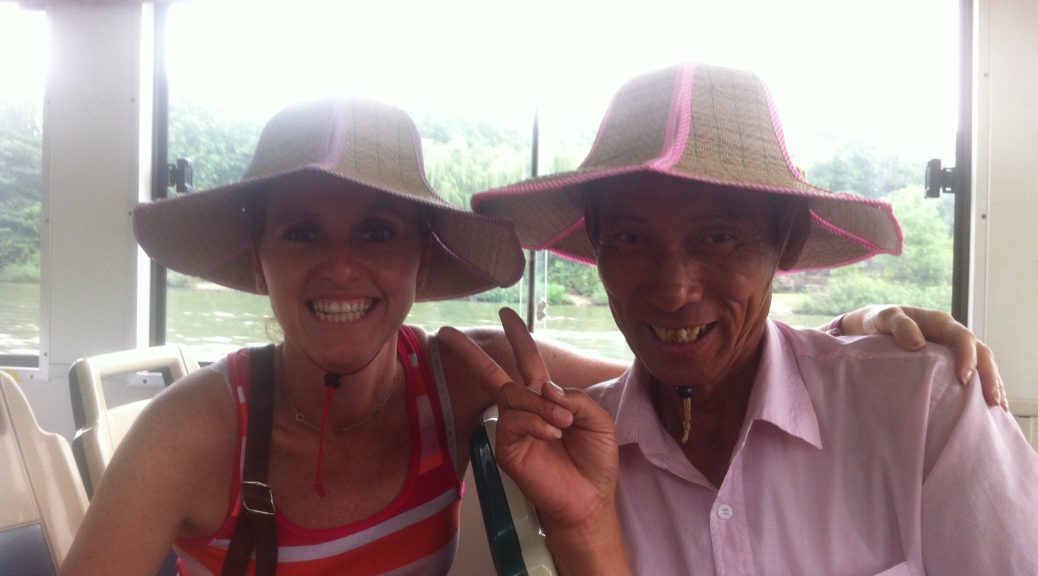KYOTO
07-11 January 2015
While there wasn’t much pressure to catch any specific train since we’d pre-bought 7-day rail passes, the 1,2km trek in the snow with all our luggage was decidedly unappealing so the commitment came in pre-arranging the transport to the station. Our host in Yuzawa, Gabriel, had thus kindly booked 2 taxis to fetch us on the morning of departure to get us to the Echigo Yuzawa station in time for our planned 09h16 train.
The whole exercise went off seamlessly and we were soon (literally) bulleting off back to Tokyo, from where we would connect to Kyoto (since there are no bullet trains any more direct for our flight path).
Tokyo Station is HUGE. Since we had an hour between trains, we had a wander around and even surfaced to street level to get our bearings. The shops in the station are predictably mostly food and travel supplies, although as with everywhere else it wasn’t food you’d readily recognise so there was lots to pore over.
We bought echiben for the journey: beautifully prepared and presented lunch boxes composed of a variety of elements that are sold at stations and on the trains. With 20 or more options at our stall alone, we were spoilt for choice.
The one we eventually chose was divided into 2 compartments. The left had 2 rashers on a bed of sticky rice covered in light egg shavings. The right had hire katsu (like pork schnitzel) and battered beef meatballs accompanied by little cupcake cups respectively housing a floret of broccoli, a floret of cauliflower, pickled cabbage and a small portion of spaghetti bolognaise decorated with fresh peppers. It is all so pretty that opening the box feels more like opening a present than a lunchbox!
On arrival in Kyoto we were spared the usual game of “where in the world are we?!” by our Airbnb host’s precise and accurate directions (which had been automatically delivered alongside our travel itinerary on confirmation of our booking – Airbnb is great!).
It was not even a 5 minute walk from the station to our house (for the next 4 nights) and it was easy to navigate even with our bags even though our road has no pavements thanks to Kyoto’s ingenious road markings, with painted lanes for pedestrians on the outer edges, bicycle lanes next and a single car lane in the middle. The Japanese people are so compliant and obedient that everyone sticks to where they’re supposed to be and it’s a wonderful experience for all concerned!
Our landlord, Jesse, was at the house when we got there and was really friendly and helpful and a wealth of advice on what to do and where to go. Fortunately, his suggestions matched the majority of items on our existing Awesome Detailed Itinerary and the new additions fitted in easily with our plans.
The house itself was incredible. A 3 bedroom with 2 Western double beds in one room upstairs and easily space for 4 or more futons in the other 2 rooms, 1 upstairs and the other off the entrance hall downstairs. We had a cosy living room with tiny couch and a few low rattan button stools around a little coffee table, modcon iPod deck and a sliding door leading onto a charming tiny zen garden.
The main bathroom was off the lounge, cleverly with the basin area doored off from the bath / shower room (which wasn’t much taller than me and housed a wall-mounted handshower and weird little 1m x 1m zinc knee-deep sunken bath) so we’d be able to get ready in the mornings in tandem. The loo was off the entrance hall where we’d come in, that was big enough to house a dining room table and be the storage area for the bicycles that came with the rental.
Our kitchen was little more than a narrow passage that ran from the front door to the bathroom alongside the dining room and lounge. It wasn’t wide enough to have two people pass each other!
First item on the gameplan was Geisha-spotting. We’d read that Gion was the place, but Jesse narrowed our search to a small alleyway just before the river. Our house was so conveniently located that it was a “left turn along the main shopping street until a left into the alley before the river; if you get to the river, you’ve gone too far.”
True’s nuts we spotted a Geisha within minutes of meandering in the assigned spot! Truth be told, we spotted one Geisha, followed her and saw her exchange words with another coming directly towards us… and got a (surreptitious) photo of her as she passed! Granted, she looks like a ghostly blur in the background, but still…
Excited from our Supreme Touristing, we set about finding a dinner spot. Easier said than done with literally hundreds of restaurants to choose from – and all looking equally unattractive! We eventually homed in on a beef and leek restaurant for dinner. We had the special, which was exactly that! A rice bowl with tender strips of beef and leek, so full of distinct flavours.
Since our house was so comfortable, we were keen to initiate it so walked back along the main road, Shijo Dori, doing some window-shopping en route. The area is very upmarket and picture-perfect with wide covered pavements and uniform illuminated name boxes outside each store. The city has gone to a lot of trouble to create ambiance, decorating the eaves of the pavement roof with stylish banners and lanterns. They also pipe music onto the streets (plinky-plonky classical Japanese).
Our trusty 7Eleven provided us with beer and snacks for the night and breakfast supplies for the morning (which promised to be complicated to maintain since bread came in 6 slices to a pack, cheese 7 and ham 8).
Thursday was allocated to walking-touring and sightseeing.
Our route took us first to Higashi Honganji, the mother temple of Shin Buddhism, one of the largest Buddhist denominations in Japan. The Founder’s Hall is one of the largest wooden constructions in the world (at 76x58x38 metres with 175,967 roof tiles, 927 tatami mats and 90 pillars!) and was renovated in 2011 for the 750th memorial service of the founder, Shinran. The temple complex is big and awesome and was a good induction to Kyoto, noted for being Japan’s cultural hub.
Nijo Castle was next on the list and 600 Yen (R60) gave us access to the compound to view the exhibits in its 2 palaces, various support buildings and expansive gardens.
The castle was built in 1603 as the Kyoto residence of the first Tokugawa Shogun (bearing in mind Kyoto used to be the capital of Japan). It is one of the finest examples of the early Edo period and Monoyama culture in Japan because of the style of its building designs, lavish paintings and carvings that Iemetsu generously commissioned. In 1867 the castle the castle became the property of the Imperial family, who donated it to the City of Kyoto in 1939, whereupon it was renamed Nijo-jo (Nijo Castle).
By contrast, lunch was a quick and efficient affair at a diner we walked in to by chance where you order from a vending machine that issues a little ticket which you present to the server who was stationed on the inside of the u-shaped seating counter.
The food was served super-quickly but was, as always in Japan, excellent quality and very tasty. Even this cheap and cheerful diner served us complimentary tea and a small bowl of soup on arrival – the Japanese are supremely hospitable! Unbelievable that again the whole restaurant was run by one person in the kitchen and one server – and there’s still enough time for the little extras, sincere smiles and all the please and thank-yous that come with any exchange in Japanese.
Vowing to try another vending machine diner within the remainder of the trip, we set off to see how the other half lives, at the Imperial Palace.
The complex is a stately affair with looong wiiiide gravel driveway leading up to the Palace gates. That were shut. Tight. Fail.
Still, the gardens and water features were nice. And we ticked another sight off our list.
We took a long walk along the Kamo River, me mostly entertaining myself with Japan’s most prevalent soundtrack: traffic light signals. The Japanese government seems to have put a lot of thought into the less fortunate by incorporating ridged tiles into their pavements. Striped tiles run along the centre of the pavement for general walking in a straight line and dotted tiles indicate where there’s an intersection to turn off the path (eg at a traffic light mid-block) or where the pavement ends (eg at an intersection).
They combine these tactile signals with audio ones at traffic lights, with a different tone for east-west crossing versus north-south and different sets of tones for each intersection. Thus, a blind person would presumably be able to track their journey using the audio tones instead of road signs (of which there are precious few, mind you). The result for the sighted tourist is a great game of “bing-bong, bing-bong”, “doodooladoo” and my favourite “pew, pew-pew!” which may very possibly have made a long walk feel longer for my comrades! 😀
Our route deposited us at a beautiful temple and pagoda in Gion. This must be a local sight of popularity too since there were several couples dressed in traditional regalia, slip-slopping (with socks!) about in their kimonos and shogun robes, taking lots of photos of themselves. The kimonos are mostly quite spectacular and the shogun outfits look quite comfortable being multi-layered loose-fitting robes… but it’s a big victory for tradition that they’ve retained the slops and socks part of the get-up.
The socks all seem to be the same: white, mitten-style with a pocket for the big toe and another bigger pocket for the other 4 and they seem to be sewn from cotton rather than knitted. The men’s slops – tatami-style straw ones with fabric thong – look comfy enough, but the ladies ones all seem to be misshapen and ill-fitting. They narrow at the front, so almost everyone has foot overflow on both sides and the thong seems impractically tight so the wearer is constantly shuffling to get into and stay in the shoe. We surmised that this was tactical to maintain the ladies’ weak and vulnerable facade, shuffling along with tiny little steps. I thought it might force me to pull a Malory and demand to be carried everywhere!
En route back from Gion, we did see our 3rd Geisha. She was crossing the bridge across from us and turned down the same little alley Jesse had told us about. He obviously really knows his stuff!
Apparently you can still hire a Geisha to come and entertain you, but it costs a small fortune. Then she pitches up just after dusk, with a little beautifully wrapped gift and sings for you or recites poetry or some other artisanal song and dance. Not one for our itinerary or budget!
Since we’d planned a daytrip to Hiroshima leaving early the next day, we foraged for dinner at our trusty 7Eleven and Christian finally got to try a Japanese curry and rice (tasty but unremarkable).
SATURDAY
On returning from our Hiroshima daytrip, we were surprised by Lixi and RoRo with some quality sake and nibbly bits of melt-in-your-mouth-fresh crusty French loaf with genuine Wagyu beef (which is the same as Kobe beef but not necessarily from Kobe. Qualifying as Kobe beef requires parentage and grandparentage on both sides to be from Kobe for the sacrificial cow to qualify). Lix lightly fried the beef and it was everything it’s been made out to be – soft as butter and full of flavour!
They had sourced the goods from a local premium food market, which they told us was the mecca of all things imbibable and promised to show us the next day.
Our plan for the evening was to find a place that Jesse had recommended because it’s a bottle store by day, but at closing time they wheel in some keg barrels to act as tables and serve directly from the shelves and fridges. The old lady owner even tallies up your bill using an abacus, which is a nice touch!
We found the place, but got turned away because it was too full, so spent the evening at the wine bar across the road instead, people-watching and keeping an eye on a Japanese game show that had girls competing ferociously in a combination of events that would fit anywhere between Pop Idol and a toddler’s birthday party.
SUNDAY
On the advice of one of my friends back home, we spent our last day at Arashiyama, a little suburb out west of Kyoto in the Sagano district.
What a great decision!
Our Pasmo passes got us there quickly and cheaply and deposited us in a charming sleepy little town that had a buzz of activity on the main drag from the station to the town’s famous wooden bridge.
The main attractions – besides the bridge, of course – were a temple / gardens combo and a bamboo forest. Both sounded too challenging on an empty stomach so we sourced donburi for motivation. Donburi is a bowl of rice and beef strips with a partially cooked fried egg on top that completes cooking in the bowl from the heat of the rice alone. We operated on instinct with when to break the yolk and when to fold the egg into the rice and seemed to do quite well, turning the gelatinous beginnings into a yummy mess quite quickly. The table had the traditional spice block and a sprinkle of the sesame and chilli salt on top made for a pretty and zesty overall effect.
Even though everything in the town was very close, we managed to get lured in by the shops and spent an hour or 2 happily wandering in and out of the shops, inspecting knick-knacks and buying gifts and souvenirs.
The temple and gardens are quite lovely.
Tenryi-ju was established in 1339 on the grounds of a temple that had been there since the 9th century. The temple has been ravaged by fires 8 times in its existence, most recently in 1864, but each time the gardens survived, maintaining the 14th century ambiance and making it one of the oldest gardens in Japan.
On our way from the temple to the Bamboo Path, we stopped to sample another local delicacy – croquettes! Delicious crunchy potato with beefy bits in it. Mmmmm! But then again, I never have met a croquette that I didn’t like.
We’d been told that there is a quaint old train that returns to Kyoto… we ended up catching it quite by accident. Took an “alternate route” back to the station we’d arrived at and ended up encountering the old train at another station we hadn’t even been looking for. Bonus that it took our Pasmo cards AND the end of the line was our Shijo station so we wouldn’t have to even change trains at Kyoto as we’d had to on the way out.
Double bonus was that our station has an exit right into Daimura, the Wagyu store.
More accurately, it is an emporium of delightful things and as we blissfully wandered the aisles of chocolates, baked goods, meat produce and liquors both average and special occasion, servers offered us tastes of this and bites of that.
There are no words to describe the place with any justice: Premium chocolatiers and patissieres displaying perfect wares and packing each purchase as meticulously and beautifully as a gift for a favourite child’s milestone birthday. Beautiful clinical butchery with marbled wagyu steaks carved and displayed elegantly in glass cases. Alcoves of perfectly-lit sake so that just buying it is a romantic experience. Fresh produce like you’ve never seen before – apples the size of melons and fist-sized strawberries, all elegantly displayed.
A real feast for the eyes if nothing else.
We bought wagyu and French loaf just like the night before, but triple the quantity and with an (R18 massive) onion to sautée alongside. Christian treated us to jamon and cheese tapas for starters.
Feeling as lush as the massaged cows that had provided our meal, we languished in an amazing meal in super-comfy digs with amazing friends for the last night of a spectacular holiday.
